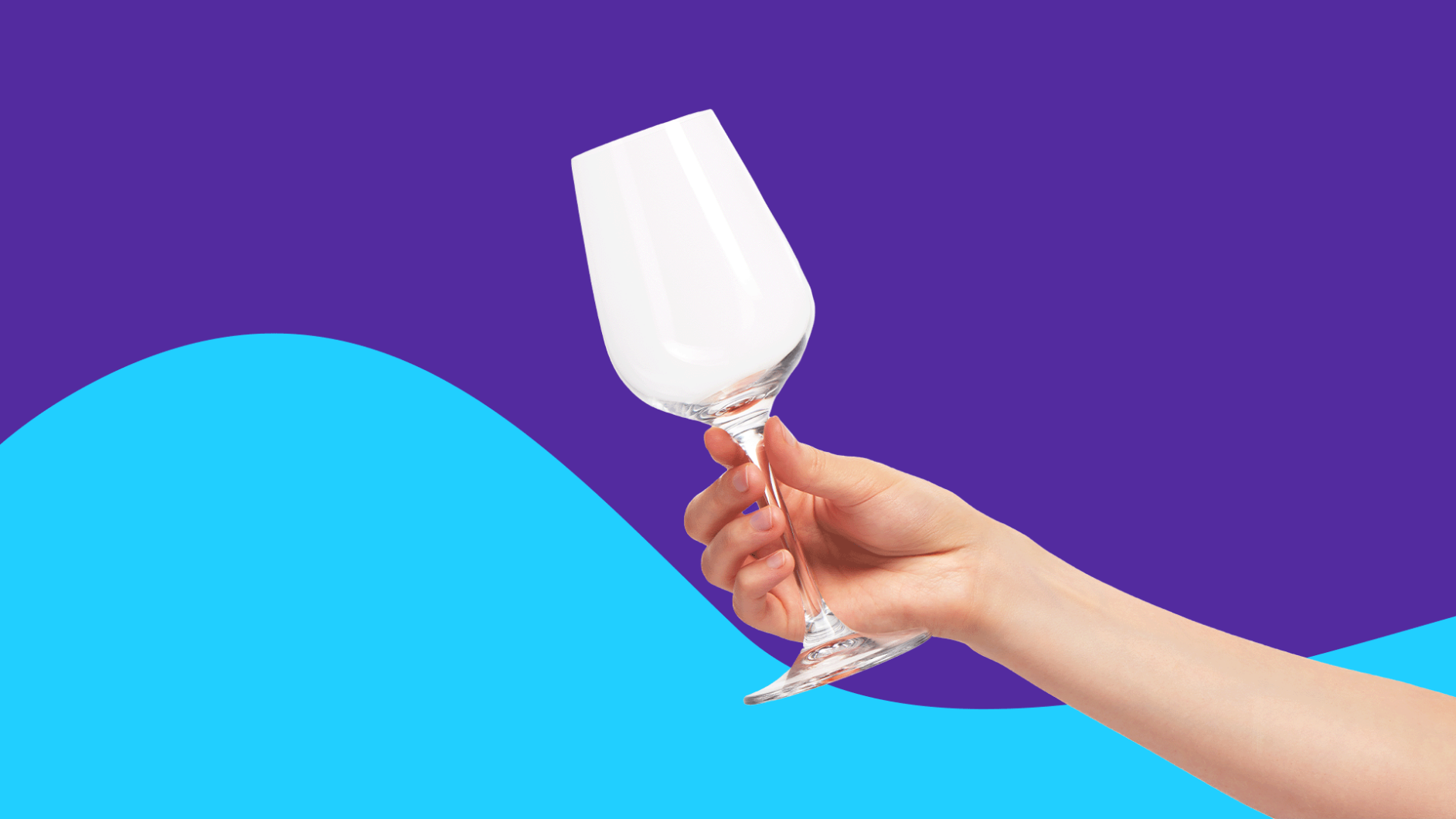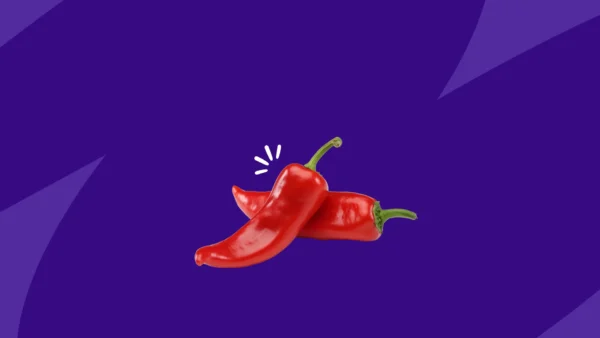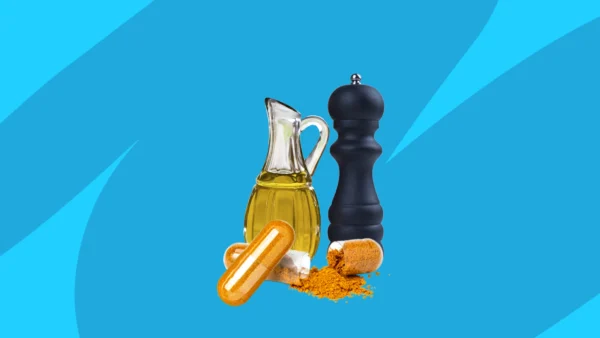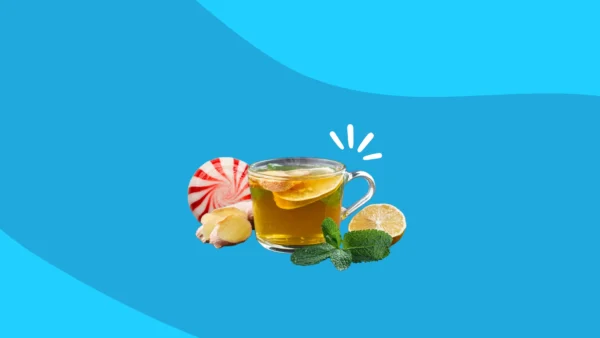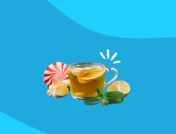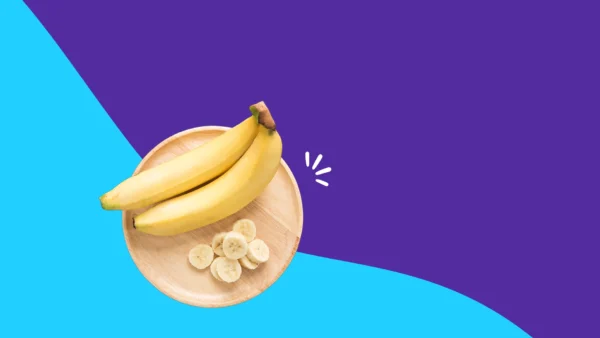After engaging in a fun holiday season with indulgent food and festive drinks, it’s not unusual to long for a reset. For some this takes the form of “Dry January,” a month without drinking any alcohol—or significantly reduced alcohol consumption.
“Starting a new year is a good time to make commitments for healthier behaviors,” says Anna Legreid Dopp, Pharm.D., a senior director at American Society of Health-System Pharmacists (ASHP). “That could include getting more exercise, sleeping more, or drinking less alcohol.”
Alcohol consumption routinely increases during the holiday season. A 2020 survey by the addiction treatment center Sunrise House reported that Americans consume an average of 27% more alcohol during the holidays. This has potential health repercussions. The National Institute on Alcohol and Alcoholism (NIAA) reports rates of alcohol consumption in US adults and 28% exceed the threshold for risky use.
RELATED: Alcohol statistics
What is Dry January?
Dry January originated in 2013 as part of a public health campaign by the British charity Alcohol Change UK. This campaign appreciates that many people drink more than they realize, especially during the holiday season. A month without alcohol can provide mindfulness toward alcohol use: a healthy reset and lead to better overall habits.
“There’s a linear relationship between the amount of alcohol people drink and bad health outcomes,” says John Mendelson, MD, an addiction specialist and founder of RIA Health, an alcoholism treatment center. “For some, even [having] one drink a day, there’s an increased risk of an adverse health outcome.”
Participation in Dry January has steadily increased over the past decade. A poll by the market research company Morning Consult found that nearly 1 in 5 adults participated in Dry January in 2022. That’s increased from 13% who did the challenge in 2021.
Even if a Dry January only ends up reducing overall alcohol consumption, there’s a lot to be said for harm reduction. At the end of Dry January, participants should see some positive effects.
11 health benefits of Dry January
While some research suggests that small amounts of alcohol may have positive cardiovascular effects, more than moderate alcohol consumption has been associated with negative health outcomes such as high blood pressure, heart disease, anxiety, depression, gastrointestinal symptoms, bone marrow suppression, liver disease and several cancers. Reducing alcohol consumption is generally a good way to improve your long-term health. Here are 11 benefits from a Dry January.
1. Better sleep
Although a few glasses of wine might make you feel sleepy, research shows that alcohol decreases sleep quality and sleep efficiency. Alcohol also impairs your REM sleep. Meaning, even if you log the same number of hours in bed, you may wake up groggy and out of it after a night of drinking. Going alcohol-free can make sleep more restful.
RELATED: How to sleep better
2. Improved energy
Thanks to improved sleep quality you’ll see improved energy levels. In fact, 67% of Dry January participants reported feeling more energetic. That benefit can lead to all-day improvements, like better focus and concentration at school or work—read: increased productivity.
3. Better hydration
The same alcohol that gives you a warm, fuzzy feeling on your first few sips is what has you running to the bathroom over and over again after your first few drinks. Why? Alcohol is a diuretic. It tells your body to get rid of water, resulting in dehydration—and those nasty hangover symptoms—if you’re not diligent about replacing it. When you cut out alcohol, your body can truly reap the benefits of H2O.
RELATED: Health benefits of drinking water
4. Clearer skin
Manys get flushed cheeks after drinking a cocktail, but that’s just the tip of the iceberg. Long-term alcohol use can cause skin issues from hyperpigmentation to facial rashes. Not to mention, dehydrated skin makes any fine lines or skin issues stand out all the more. Taking a break from drinking often improves your appearance and decreases flare-ups of skin conditions like psoriasis and rosacea.
5. Balanced mood
While it feels like alcohol lifts your spirits, it is actually a mood depressant. People who drink heavily often experience bouts of depression and anxiety—even if they don’t have a history of these mental health conditions. Cutting back can help you avoid the emotional slump that comes after a night out and may increase feelings of well-being.
6. Less acid reflux
Alcohol is a reflux trigger, which you should avoid if you have GERD. That’s because it irritates your digestive tract—not to mention the impact of those fries you scarfed down once you started feeling tipsy. Temporarily eliminating booze gives your gastrointestinal system a much-needed break.
RELATED: Best diet for acid reflux
7. Weight loss
Hangovers and binge drinking go hand-in-hand with a puffy face and bloated feeling. Alcohol causes inflammation in your body and digestive system. Getting on the wagon reduces this effect and cuts out all the extra liquid calories you consume, which can even help you lose weight.
8. Lower blood pressure
You may know that drinking alcohol often increases blood pressure, but does cutting back have the opposite effect? The data is in. Skipping a cold one at the end of the day can improve your blood pressure, and in turn, your heart health.
9. Decreased insulin resistance
A month of not drinking can also improve health in ways that are not so obvious. For example, Dry January participants had a 25% decrease in insulin resistance, a factor in diabetes, according to a study in the British Medical Journal.
RELATED: What is insulin resistance – and can you reverse it?
10. Improved liver health
A study by the Cleveland Clinic found a month of alcohol abstinence decreases liver inflammation. Since this organ is essential, it’s just another good reason to take a break.
11. Healthier relationship to alcohol
A 2014 evaluation of the campaign by Great Britain’s University of Sussex found that those who complete a Dry January seem to drink less overall in the following months. Around 72% of participants studied reduced their levels of harmful drinking for six subsequent months.
“It’s a good idea to occasionally reevaluate your relationship with alcohol,” says George F. Koob, Ph.D., director of the National Institute on Alcohol Abuse and Alcoholism (NIAAA). “If you feel better when you’re not drinking, then your body is telling you something.”
During the pandemic, many people increased their alcohol consumption. As COVID-19 remains a part of our lives, that little habit may have continued. The New Year is a good chance to reevaluate this behavior.
“If you’re sleeping better, if you’re having fewer negative interactions with loved ones or work colleagues,” says Koob, “if you’re getting your work assignments done on time or you’re no longer perpetually late for work, these beneficial effects may be telling you something about your drinking habits. Pay attention to that.”
How to have a successful Dry January
Modifying or changing an existing habit is usually easier with a plan. To make a successful personal plan, think about when and why you drink. Where and in what situations are you more likely to indulge? Which situations can you avoid?
Although plans are most effective when tailored to your own personal experiences and needs, a few general tips can help increase the odds of success:
- Take steps to reduce temptation. Don’t keep alcohol at home—or keep it out of sight. If you are invited somewhere that alcohol is likely to be served, bring a desirable nonalcoholic drink with you. Even better, bring a friend who knows about your goals to provide reinforcement. Have a prepared comment when you are offered alcohol to help you combat peer pressure.
- Plan for alternatives. Think about what you might like to drink instead of alcohol and stock up—whether it’s fruit juices, sodas, or smoothies. Mocktails, or even flavored sparkling water, can be great options. Watch out for nonalcoholic beers, as they do contain a small amount of alcohol that forms naturally as part of the brewing process.
- Don’t go it alone. Let friends and family know your Dry January plan. If possible, enlist a friend to join in on your alcohol-free month. Mutual encouragement is helpful when changing habits.
- Remind yourself of the benefits. When all you want is a glass of wine at the end of a long week, it’s helpful to remember all the wellness perks of abstaining. A study in the British Journal of General Practice found that after a month of abstaining or significantly reducing alcohol, 72% of the participants slept better, had more energy and lost weight, while others noticed improvements in their skin and hair.
- Add exercise to your day. For some people drinking has become a way to cope with stress, says Koob. Explore alternative ways to deal with stress. Exercising, meditation, and yoga can help.
- Discuss your Dry January plan with a healthcare provider—especially if you’re someone who has been drinking more than the dietary guidelines.
What should you do if you slip up? Relax. A small slip-up does not mean the whole month is a failure. Remember why you decided to participate in Dry January and how it might still benefit your health, then start again. Changing a habit isn’t easy, even temporarily, and it often requires more than one attempt.
Using Dry January to drink less all year
If you successfully reduced your alcohol consumption during January, consider continuing the health benefits all year long. It’s not necessary to give up alcohol completely, unless you struggle with addiction, but Dry January often provides insight into your relationship with alcohol that can be used to moderate—and possibly improve—behavior throughout the year.
If reducing the amount of alcohol you drink seems like a worthy goal, continue taking positive steps to minimize consumption.
- Keep healthier alternatives to alcohol within easy reach.
- Find healthy ways to relieve stress—such as exercise.
- Enlist a friend to help support you and keep you on track.
The tips that helped you during a Dry January can work all year long. If they don’t, talk to your healthcare provider.
What to do if Dry January doesn’t work
One reason to discuss Dry January with a healthcare provider is that some underestimate how much they actually drink or don’t know the signs of a drinking problem.
“The CDC defines heavy drinking for men to be consuming 15 drinks or more per week,” explains Dr. Legreid Dopp. “For women it is consuming eight drinks or more per week. If someone constantly consumes more than these amounts, they may be at increased risk of mild to severe withdrawal symptoms.”
Alcohol withdrawal symptoms could be as mild as headache and nausea, but they could also be as serious as seizures and delirium. The NIAAA website Rethinking Drinking provides guidance for those who are considering stopping abruptly—even in the short-term. Alcohol dependence problems do not develop overnight and they may take a while to address.
“If you have a 10-year unhealthy relationship with alcohol, a Dry January is not going to solve the problem,” Dr. Mendelson says. Still, a short period of abstinence might help someone recognize a problem and prompt them to make a positive change.



